
Current projects:
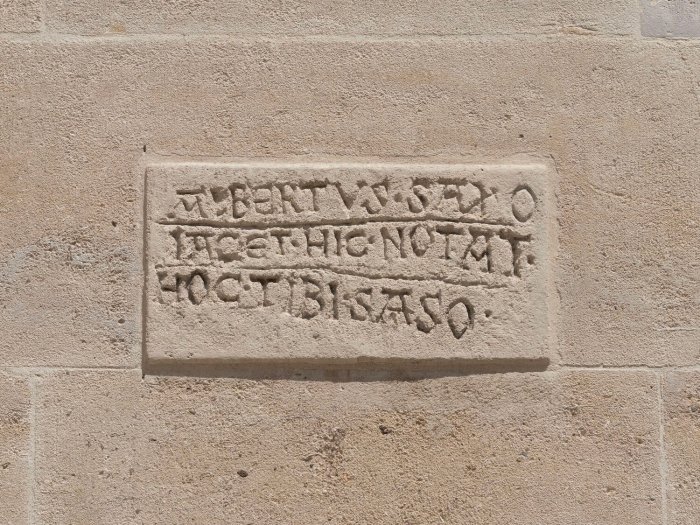
PREMISES
PREMISES, an acronym for ‘Pre-Modern Inscriptions and the Shaping of Self-Conception and Self-Representation: Writing History and Blending Media at The Augustinian Canons of Klosterneuburg,’ focuses on the exploration of pre-modern inscriptions dating back to 1683 within the precincts of the Abbey. As an integral component of the ‘Die Deutschen Inschriften’ (DI) editorial series, its primary objective is to meticulously compile a comprehensive catalogue that surpasses the outdated literature pertaining to the Abbey’s epigraphic heritage.
This groundbreaking initiative marks the first-ever systematic examination of these inscriptions within the broader context of a sophisticated media strategy designed to influence self-perception and self-representation. By delving into the interplay between historical inscriptions and media, PREMISES endeavors to provide a nuanced understanding of the Abbey’s rich cultural and historical tapestry.
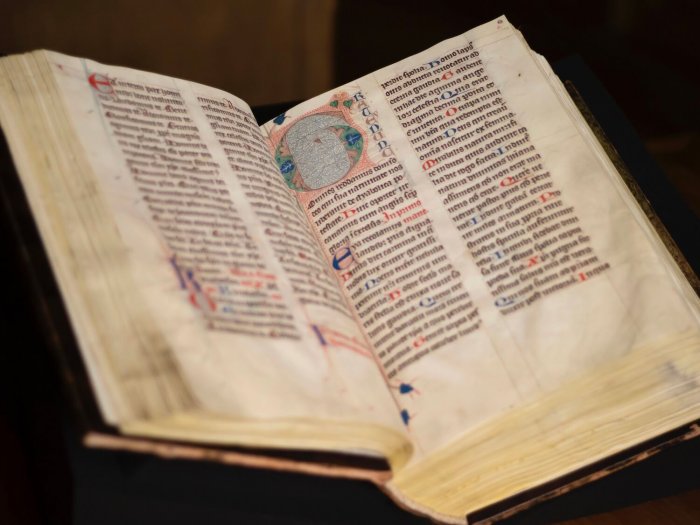
PeuAFleu
The interdisciplinary project PeuAFleu is dedicated to the examination of the administration and representation of knowledge in late-medieval Lower Austria through the analysis of penwork ornaments. Leveraging digital tools, PeuAFleu aims to pose new questions to previously overlooked sources from medieval libraries.
The project specifically concentrates on the floral decoration found in approximately 100 fully digitized manuscripts from the Abbey of Klosterneuburg. Employing advanced techniques such as computer vision and pattern recognition, PeuAFleu endeavors to create a prototype that can assist art historical research on a large scale. The primary objective is to develop a tool capable of supporting the analysis of mass sources, not only within the Abbey of Klosterneuburg but also adaptable for use in other monastic libraries or collections of medieval books.
This interdisciplinary approach not only contributes to a more profound understanding of the origins and functions of medieval libraries but also enhances expertise in the realm of digital analysis methods.
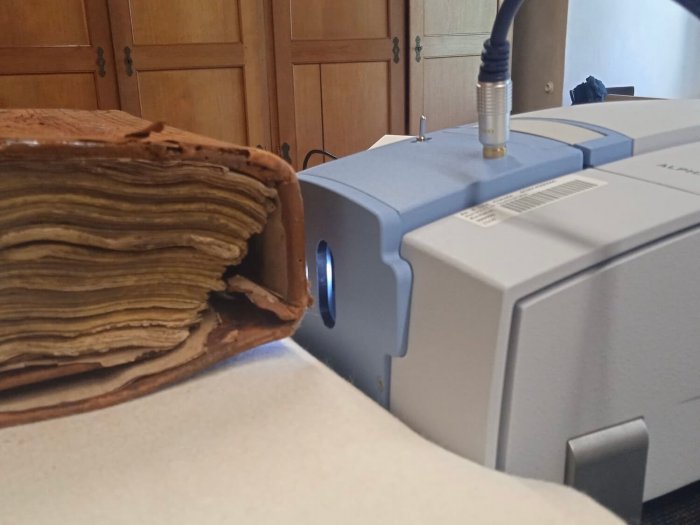
ABC
The interdisciplinary research project Ancient Book Crafts (ABC) undertakes a comprehensive examination of medieval manuscripts and incunabula from Klosterneuburg Abbey and the National and University Library in Ljubljana. The focus lies on analysing the materials employed in writing and book bindings, specifically parchment, paper, and leather.
In the codicological segment, particular attention is directed towards materials such as various types of leather, techniques, and stylistic trends. This analysis also encompasses an assessment of written sources pertinent to the project, establishing a dependable chronological framework for the subsequent natural scientific inquiry. Employing a suitably calibrated Fourier transform infrared measuring device, the natural scientific phase involves non-invasive measurement of the degree of oxidation of organic materials. Analysis of the obtained spectra yields valuable insights into the age of the material.
The ultimate objective of ABC is to pioneer a cost-efficient method for dating materials, facilitated by a reliable and user-friendly tool. Such an innovation holds significant promise for institutions engaged in the preservation and study of historical book collections.
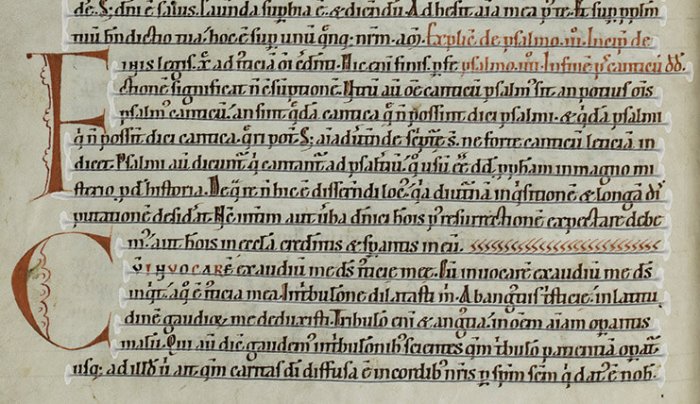
Scribe ID AI
In the latter part of the 12th century, monks within monastic establishments in what is now Lower Austria embarked on a systematic collection of books. Approximately 120 manuscripts from this era are housed in the monastic libraries of Heiligenkreuz, Zwettl, and Klosterneuburg respectively. The precise number of scribes involved and whether they were exclusive to one monastery or traversed between cloisters remains unknown. A potential avenue for shedding light on this inquiry involves an in-depth analysis of the manuscript writings to discern distinctive stylistic characteristics and unique traits, thereby identifying different scribes.
The conventional method of manual writing style analysis, given the vast number of inherited manuscripts and the uniformity of fonts pursued during the 12th century, proves to be a difficult undertaking that stretches the limits of feasibility. Addressing this challenge, pioneering approaches are emerging to facilitate the identification of medieval scribe hands through the application of artificial intelligence. This interdisciplinary project, forging collaboration between manuscript experts and IT specialists, introduces an Active Machine Learning approach. This innovative methodology intertwines human expertise with Machine Learning techniques, aiming to establish a time-efficient mechanism for identifying scribes in a manner that aligns with contemporary demands.
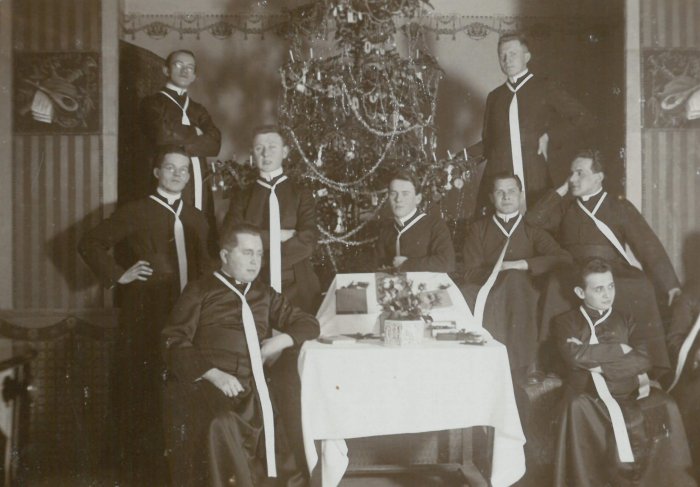
Sacra.Wiki
This initiative entails the development of a publicly accessible online encyclopedia dedicated to the culture, history, and members of the Augustinian canons and canonesses. In its initial phase, the project encompasses the documentation of Austrian, Bohemian, Moravian, and Hungarian monasteries affiliated with the order from its inception until 1918. Drawing upon established reference works on matters related to the order as the foundational database, the project also incorporates findings from ongoing research endeavors, such as the Kloster_Musik_Sammlungen.
All data presented undergoes rigorous editorial scrutiny to ensure currency and accuracy. Complementing this editorial process, the project benefits from the oversight of a diverse scientific advisory board. This board, comprised of representatives from various research institutions and esteemed members of the order, contributes to the project’s scholarly rigor and comprehensiveness.
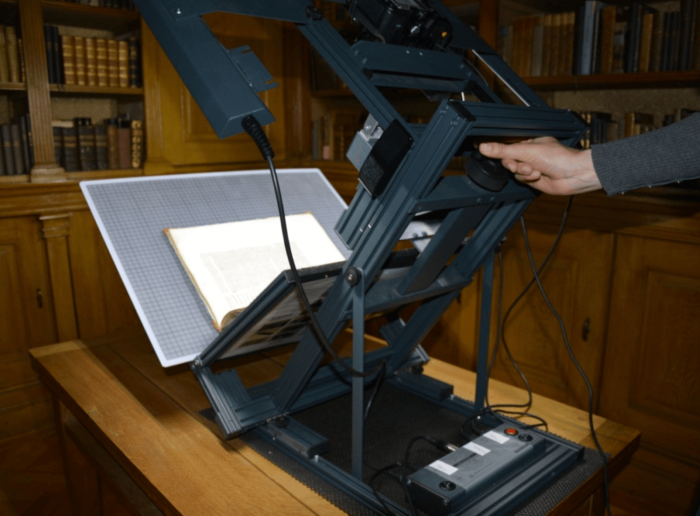
Digitization of the Abbey Library
The Klosterneuburg Abbey Library boasts a collection of approximately 1250 medieval manuscripts spanning the 9th to the 16th century. Recognizing the profound significance of these sources for research into written culture, intellectual life, and the evolution of the Lower Austrian cultural landscape, a systematic effort has been underway since 2013. Each year, dozens of manuscripts undergo meticulous photography and digital editing, following a standardized procedure.
In collaboration with the Institute of Medieval Research (IMAFO/ÖAW), the outcomes of this endeavor take the form of high-resolution digital copies. These copies are made publicly accessible through manuscripta.at, a dedicated online platform for medieval manuscripts in Austria. This collaborative initiative aims to facilitate scholarly access to, and engagement with, these invaluable historical artifacts.
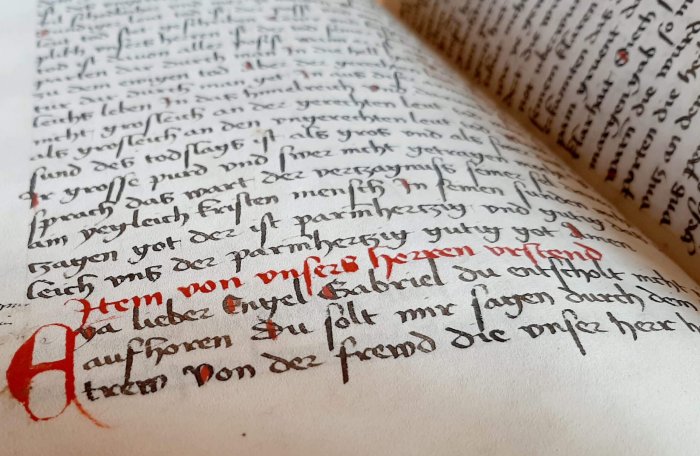
Cataloging
The Abbey Library’s remarkable collection of medieval manuscripts comprises approximately 1250 items. Since the 1970s, a collaborative effort with the Austrian Academy of Sciences has been underway to meticulously catalogue and research these manuscripts.The dedicated work of scholars such as Dr. Alois Haidinger and Dr. Franz Lackner has resulted in the publication of extensive research findings on Klosterneuburg’s manuscripts.
Building upon this legacy, the indexing initiative has been steadfastly pursued by Dr. Katrin Janz-Wenig from 2015 to 2020, affiliated with the Austrian Academy of Sciences, Institute of Medieval Research. As of 2020, Edit Anna Lukács has assumed the mantle of leadership in continuing and advancing this significant scholarly undertaking.
Completed projects:
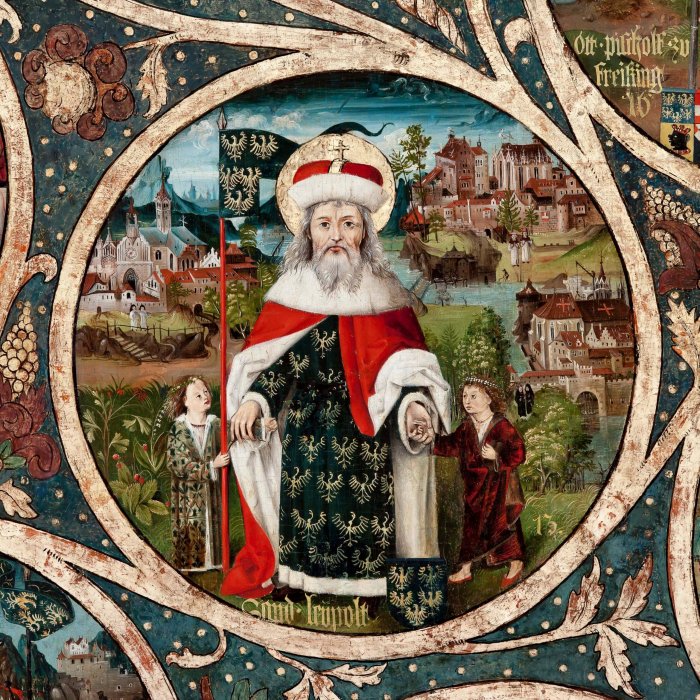
Performanz von Heiligkeit
The interdisciplinary research project, “Performanz von Heiligkeit”, is dedicated to the systematic examination of the canonization of the Babenberg Margrave Leopold III, exploring its preconditions and aftermath.
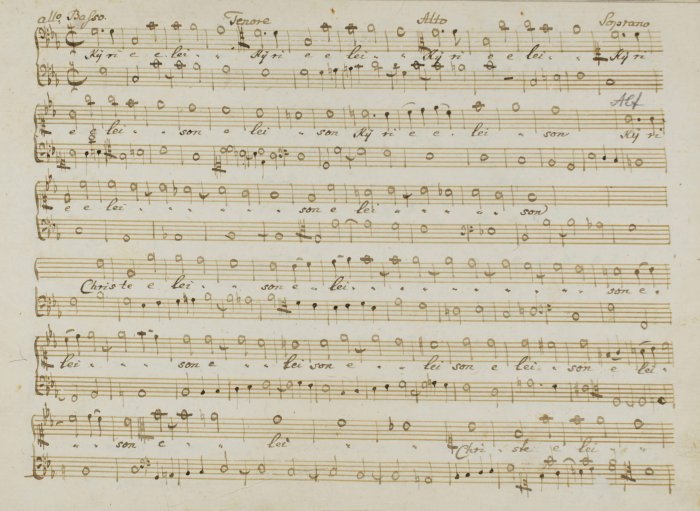
Kloster_Musik_ Sammlungen
The objective of this project, generously funded by the Province of Lower Austria, extends beyond the mere cataloging of musical manuscripts from the Lower Austrian monasteries of Göttweig, Klosterneuburg, and Melk into an open database. It also seeks to delve into the history of these collections and explore their interconnectedness.